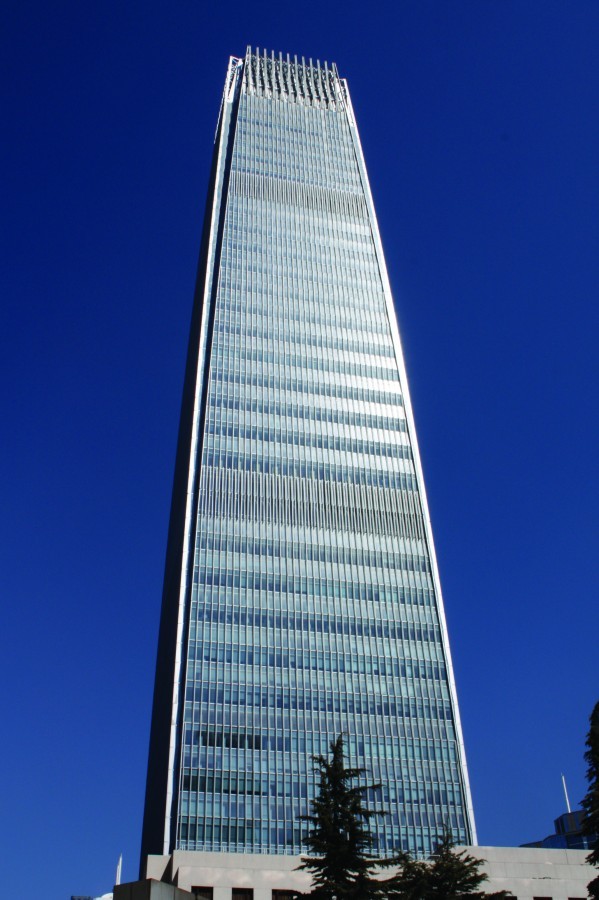Trends in Green Facades
Façades constitute a major component of green building design, from several points of view.

Façade systems comprise large proportions of steel, glass and aluminium, all of which require a large amount of energy to produce, in particular to aluminium. There are several strategies for minimising the impact that the production of a façade system has on the environment. This includes designing optimised systems with as little wastage as possible. It also means incorporating large proportions of recycled materials. Aluminium and steel are easily recycled, and the energy required for recycling these materials is much lower than producing them from raw materials. Using a proportion of recycled glass (cullets) also helps reduce the energy required for producing glass.
Façades also largely contribute to heating and cooling load requirements on buildings. Heat flow through the façades needs to be strategically controlled in order to minimise heating and cooling loads. Low emissivity coatings on glass have been widely adopted in response to this need. Recent research efforts have resulted in third generation low-e coatings that can achieve very high selectivity. The latter is computed by dividing visible light transmission (VLT) by the solar heat gain coefficient (SHGC). In effect, this is a measure of how effective the glazed unit is at minimising radiated heat exchanges while allowing visible light to pass through, thus minimising the need for artificial lighting.



